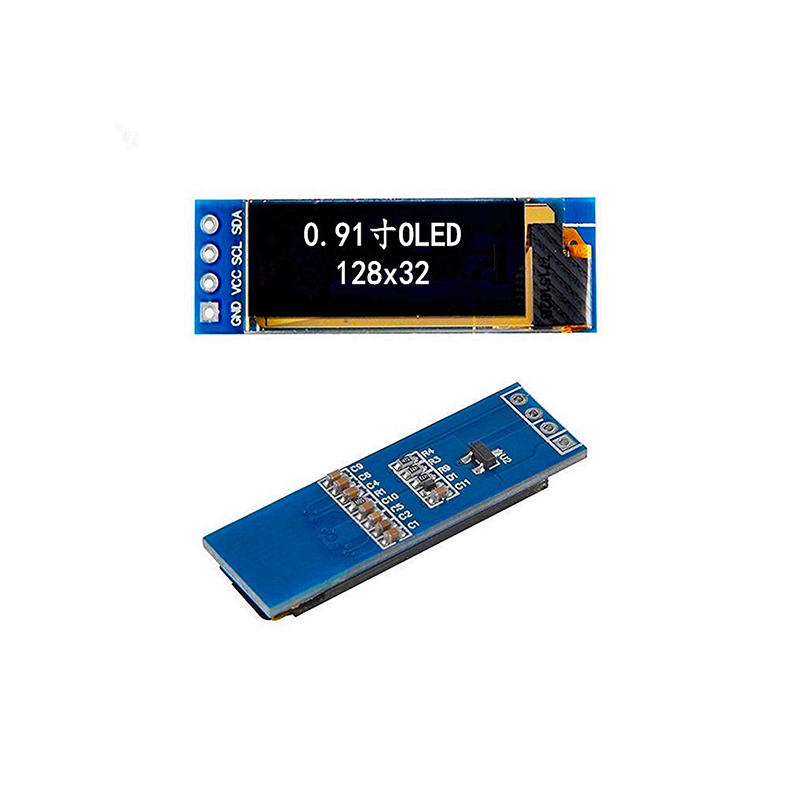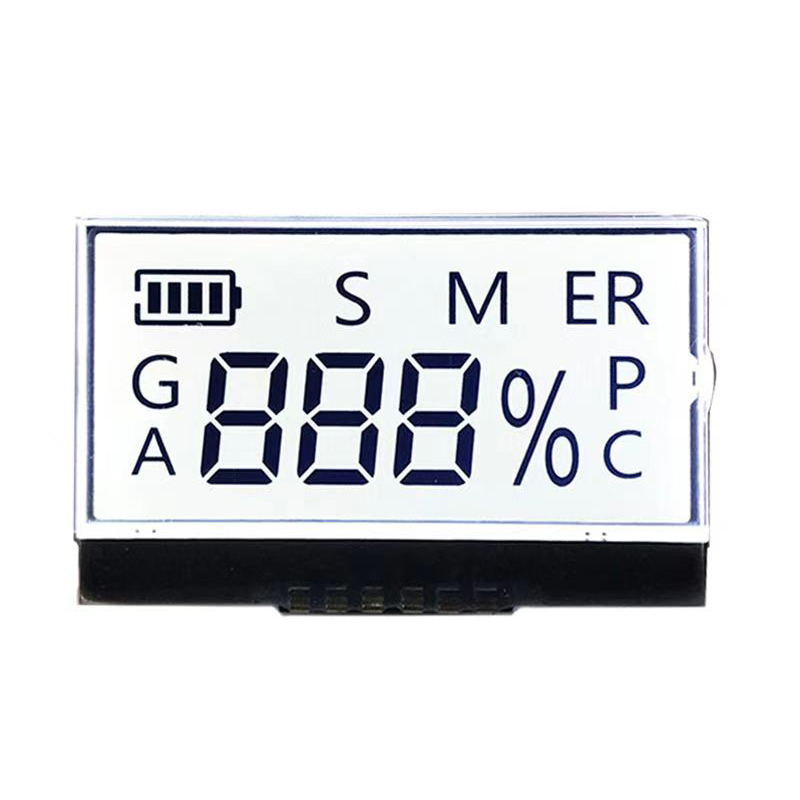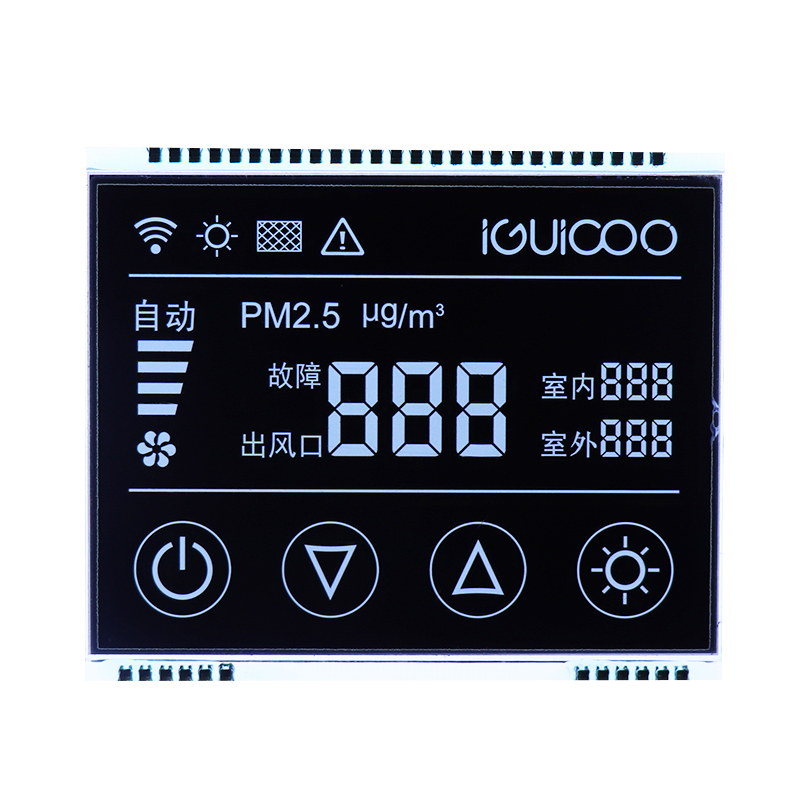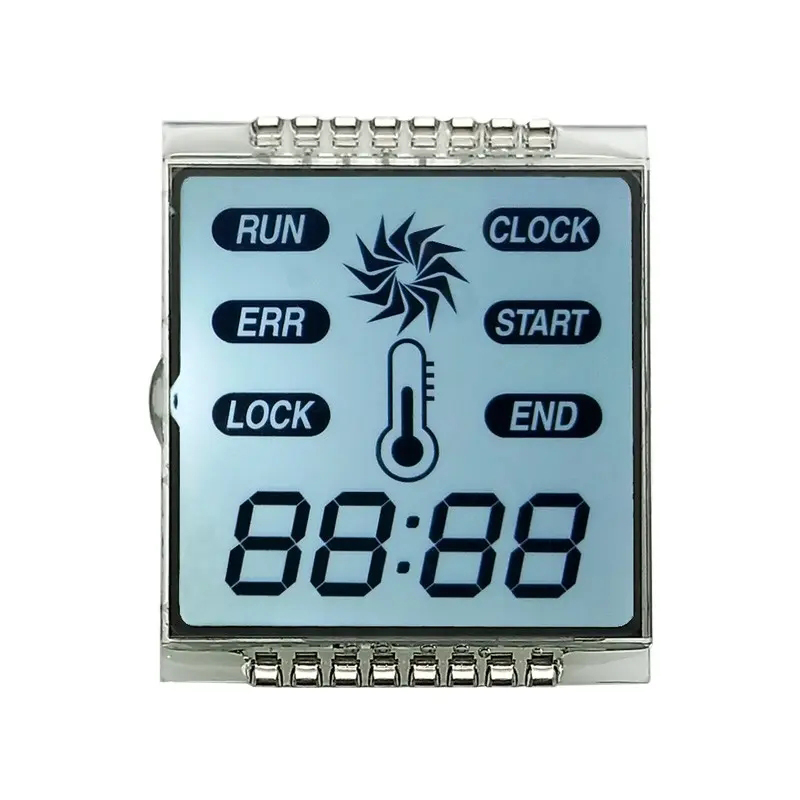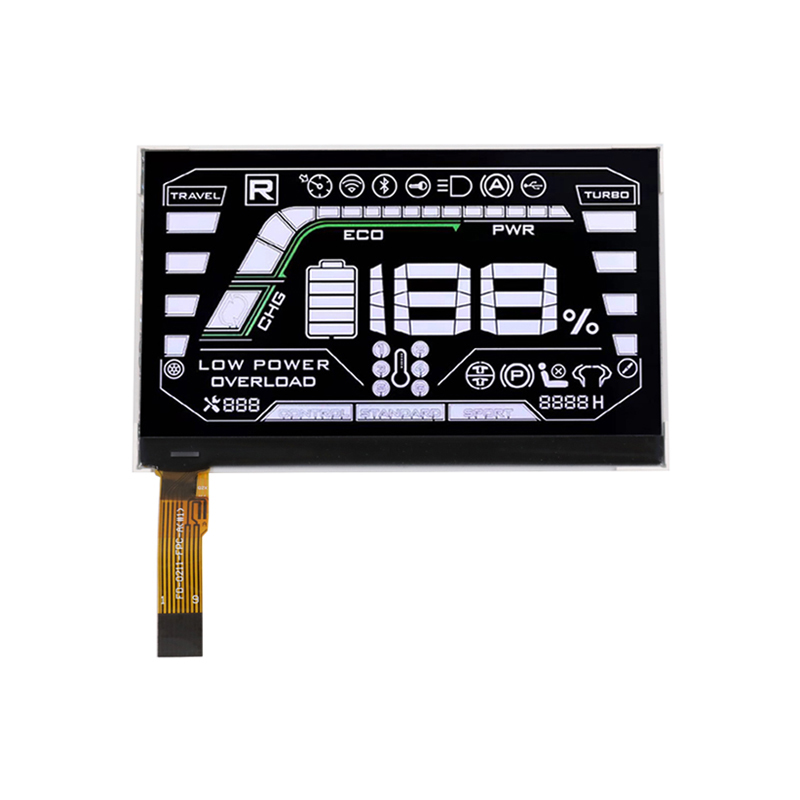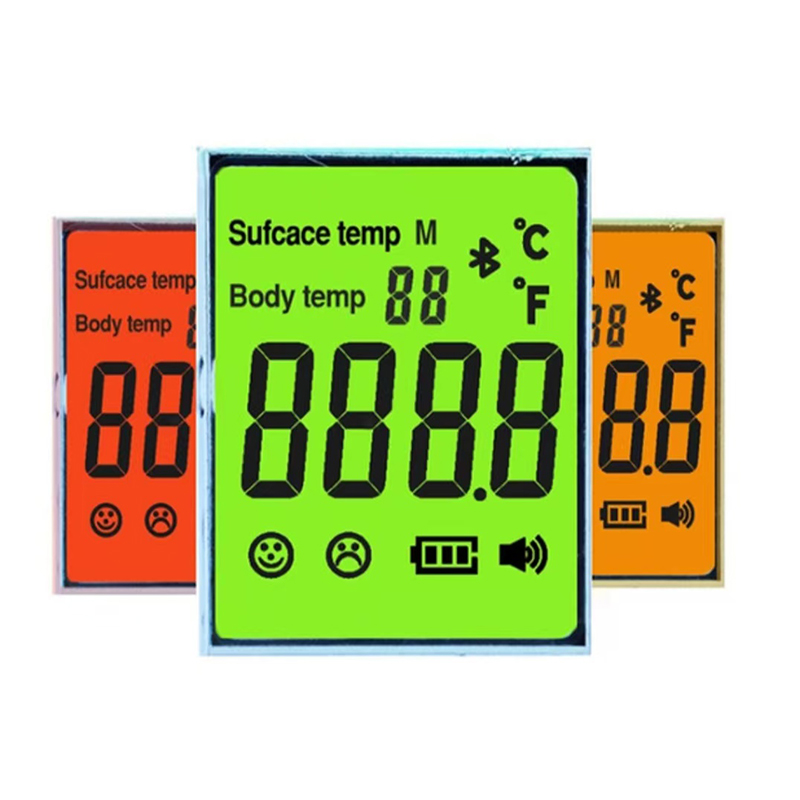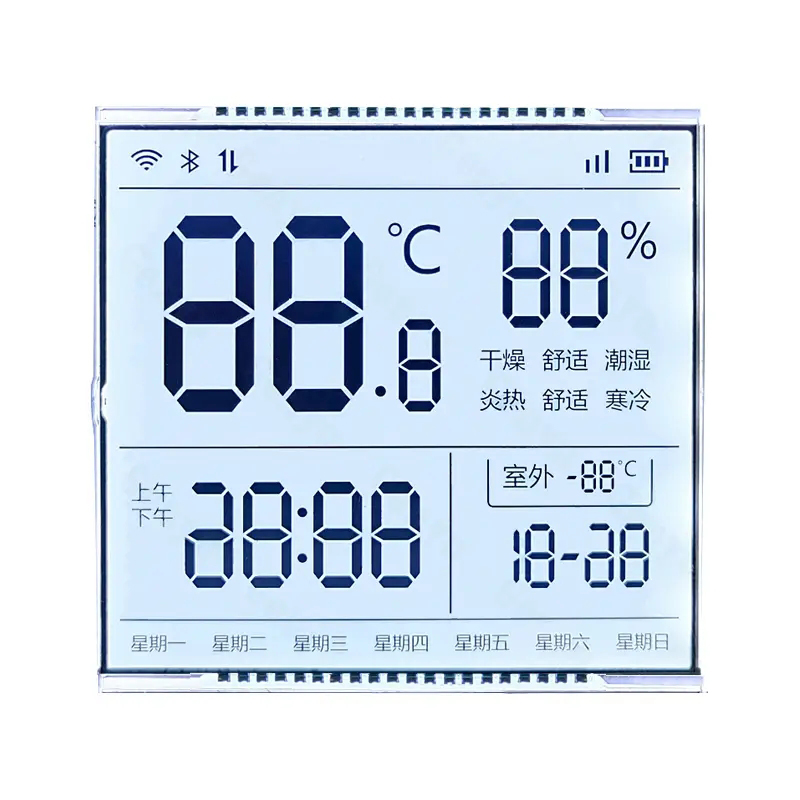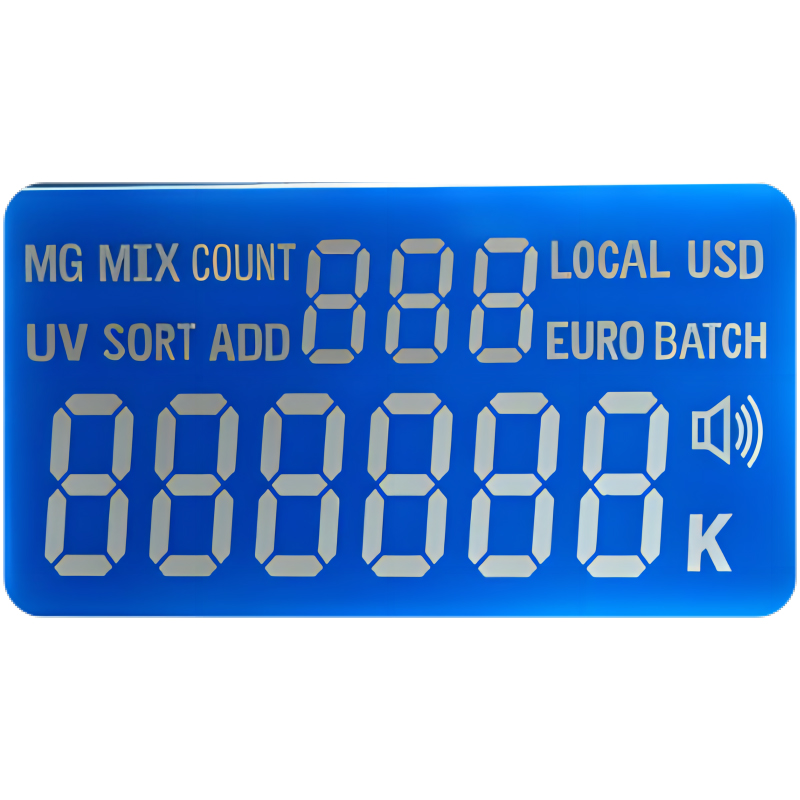
This comprehensive guide explores the world of segment displays, covering their types, applications, advantages, and disadvantages to help you choose the best option for your needs. We'll delve into the technical specifications, explore different display technologies, and provide practical examples to illuminate their diverse uses.
The most common type, seven-segment displays use seven individual segments arranged in a figure-8 pattern to represent numbers and some letters. They're ubiquitous in digital clocks, calculators, and other electronic devices. Commonly made with LEDs (Light Emitting Diodes), liquid crystals (LCDs), or vacuum fluorescent displays (VFDs), each offers different brightness, power consumption, and viewing angle characteristics. LED segment displays are known for their brightness and fast response time, while LCDs consume less power but may have slower response times and limited viewing angles. The choice depends heavily on the application's specific requirements.
Offering greater versatility than seven-segment displays, 14-segment displays provide more detailed character representation, allowing for the display of a wider range of alphanumeric characters and symbols. This enhanced capability comes at the cost of increased complexity and potentially higher manufacturing costs. These are often seen in more sophisticated applications requiring greater visual clarity.
While seven and fourteen-segment displays are prevalent, other variations exist, including custom-designed segment configurations tailored to specific applications. These custom displays offer flexibility but require specialized design and manufacturing processes.
Selecting the optimal segment display depends on several factors:
Understanding key specifications is essential for selecting the appropriate segment display. These include:
Segment displays are found in a vast array of applications, including:
For a wider selection of high-quality segment displays and related components, consider exploring suppliers specializing in display technology. For instance, Dalian Eastern Display Co., Ltd. (https://www.ed-lcd.com/) offers a comprehensive range of display solutions.

